
Home


Hungary


Cardinal József Mindszenty


1956 Hungarian Revolution (My Story)
(My Eyewitness story of our Freedomfight
and Resistance against the Soviet Invasion)


50th Anniversary of our Freedomfight


My Travel Pages

Africa

America

Asia

Europe

Hungary

Oceania
My Russia pages

Russia
Russia History & Facts in brief
Moscow

Moscow

Catholic Cathedral

Christ the Saviour Cathedral

Kazan Cathedral

Kremlin

Kremlin Cathedrals

Moscow Airport

Moscow Buses

Moscow Metros

Novodevichy Convent

Red Square

Virgin on the Moat Cathedral
- - -
- -
Saint Petersburg

Saint Petersburg

Artillery Museum

Hermitage

Kronstadt

Peterhof

Oranienbaum

Peter and Paul Fortress

Saint Petersburg Airport

Saint Petersburg Buses

Saint Petersburg Metros

Saint Petersburg Trams

Vyborg
- - -
- -
Vladivostok

Vladivostok

Vladivostok Buses

Vladivostok Trains

Vladivostok Trams
- - -
- -
Volgograd

Volgograd

Tractor Factory - Museum

Volgograd Airport

Volgograd Buses

Volgograd Trams

Volgograd Trolleybuses
|

Russia facts & history in brief
 My Russia pages directory
My Russia pages directory
Map of Russia
Saint Petersburg
Excerpted from Wikipedia, the free encyclopedia
Saint Petersburg (Russian: Sankt-Peterburg) is a
city and a federal subject located in the Northwestern
Federal District of Russia on the Neva River at the
east end of the Gulf of Finland on the Baltic Sea.
St. Petersburg's informal name, Piter, is based on how
Peter the Great was called by foreigners.
The city's other names were Petrograd (1914-1924)
and Leningrad (1924-1991).
Founded by Tsar Peter the Great on May 27, 1703, it
was capital of the Russian Empire for more than
two hundred years (1712-1728, 1732-1918).
St. Petersburg ceased being the capital in 1918
after the Russian Revolution of 1917.
It is Russia's second largest and Europe's fourth
largest city (by city limit) after
Moscow, London and Paris.
At latitude 59°56'N, Saint Petersburg is the
world's largest city north
of Moscow (55°45'N).
4.6 million people live in the city, and over
6 million people live in the city's vicinity.
Saint Petersburg is a major European cultural center,
and important Russian port on the Baltic Sea.
The city, as federal subject, has a total
area of 1,439 square kilometres (556 sq mi).
St. Petersburg enjoys the image of being the most
Western European styled city of Russia.
Among cities of the world with over one million people,
Saint Petersburg is the northernmost.
The Historic Centre of Saint Petersburg and Related
Groups of Monuments constitute a
UNESCO World Heritage Site.
Russia's political and cultural center for 200 years,
the city is impressive, and is sometimes referred
to in Russia as "the Northern
Capital" (severnaya stolitsa).
History
Saint Petersburg in 1903On May 1, 1703 Peter the
Great took the Swedish fortress of Nyenskans
and the city Nyen on the Neva river.
On May 27, 1703 (May 16, Old Style) he founded
Saint Petersburg after reconquering the Ingrian
land from Sweden in the Great Northern War.
He named the city after his patron saint,
the apostle Saint Peter.
The original name Sankt Pieterburg (pronounced Sankt
Piterburh) was borrowed from Dutch (Modern Dutch
Sint Petersburg), because Peter had lived and
studied in the Netherlands; he also spent three
months in Britain and was influenced by his
experience in the rest of Europe.
The city was built under adverse weather
and geographical conditions.
High mortality rate required a
constant supply of workers.
Peter ordered a yearly conscription of 40,000 serfs,
one conscript for every nine to 16 households.
Conscripts had to provide their own tools and food
for the journey of hundreds of kilometres, on foot,
in gangs, often escorted by military guards and
shackled to prevent desertion.
Many escaped, however, and others died from disease
and exposure under the harsh conditions.
The new city's first building was the Peter and Paul
Fortress, it originally also bore the
name of Sankt Pieterburg.
It was laid down on Zaiachiy (Hare's) Island, just
off the right bank of the Neva, three miles
(5 km) inland from the gulf.
The marshland was drained and the city spread
outward from the fortress under the supervision
of German and Dutch engineers whom Peter
had invited to Russia.
Peter restricted the construction of stone
buildings in all of Russia outside of St.
Petersburg, so that all stonemasons would
come to help build the new city.
At the same time, Peter hired a large number of
engineers, architects, shipbuilders, scientists
and businessmen from all countries of Europe.
Substantial immigration of educated professionals
eventually turned St. Petersburg into a much more
cosmopolitan city than
Moscow and the rest of Russia.
Peter's efforts to push for modernization in Moscow
and the rest of Russia were completely misunderstood
by the old-fashioned Russian
nobility and eventually failed.
This resulted in considerable opposition,
including several attempts on his life and
a treason case involving his own son.
Peter moved the capital from Moscow to St.
Petersburg in 1712, nine years
before the Treaty of Nystad.
It was a seaport and also a base for Peter's
navy, protected by the fortress of Kronstadt.
The first person to build a home in St.
Petersburg was Cornelis Cruys,
commander of the Baltic Fleet.
Inspired by Venice and Amsterdam, Peter the
Great proposed boats and coracles as means
of transport in his city of canals.
Initially there were only 12 permanent bridges
over smaller waterways, while the Bolshaya
Neva was crossed by boats in the summertime
and by foot or horse carriages during winter.
A pontoon bridge over the Neva was built every summer.
Today there are more than 800 bridges.
Peter was impressed by Versailles and other
palaces in Western Europe.
His official palace of a comparable importance
in Peterhof was the first suburban palace
permanently used by the tsar as the primary
official residence and the place for official
receptions and state balls.
The waterfront palace, Monplaisir, and the
Great Peterhof Palace were built between
1714 and 1725.[7] In 1716, Prussia's King
presented a gift to Tsar Peter: the Amber Room.
Aleksandr Danilovich Menshikov, Peter's best friend,
was the first Governor General of Saint
Petersburg Governorate in 1703-1727.
In 1724 St. Petersburg Academy of Sciences
was established in the city.
After the death of Peter the Great, Menshikov
was arrested and exiled to Siberia.
In 1728 Peter II of Russia moved
the capital back to Moscow.
But four years later in 1732, St. Petersburg
again became the capital of Russia and
remained the seat of the government
for about two centuries.
St. Petersburg prospered under the rule of
two of the most powerful women in Russian history.
Peter's daughter, Empress Elizabeth, reigned from
1740 to 1762, without a single execution in 22 years.
She cut taxes, downsized government and was known for
masquerades and festivities, amassing a wardrobe of
about 12,000 dresses, most of them now
preserved as museum art pieces.
She supported the Russian Academy of Sciences and
completed both the Winter Palace and the Summer Palace,
which then became residencies of Empress Catherine the
Great, who reigned for 34 years, from 1762 to 1796.
Under her rule, which exemplified that of an enlightened
despot, more palaces were built in St. Petersburg than
in any other capital in the world.
Revolutions
Several revolutions, uprisings, assassinations of
Tsars, and power takeovers in St. Peterburg had
shaped the course of history in Russia
and influenced the world.
In 1801, after the assassination of the
Emperor Paul I, his son became the
Emperor Alexander I. Alexander I ruled
Russia during the Napoleonic Wars and
expanded his Empire by acquisitions of
Finland and part of Poland.
His mysterious death in 1825 was marked by
the Decembrist revolt, which was suppressed
by the Emperor Nicholas I, who ordered
execution of leaders and exiled hundreds
of their followers to Siberia.
Nicholas I then pushed for Russian nationalism
by suppressing non-Russian
nationalities and religions.
Cultural revolution that followed after the
Napoleonic wars, had further opened St.
Petersburg up, in spite of repressions.
The city's wealth and rapid growth had always
attracted prominent intellectuals,
scientists, writers and artists.
St. Petersburg eventually gained international
recognition as a gateway for trade and business,
as well as a cosmopolitan cultural hub.
The works of Aleksandr Pushkin, Nikolai Gogol,
Ivan Turgenev, Fyodor Dostoyevsky and numerous
others brought Russian literature to the world.
Music, theatre and ballet became firmly
established and gained international stature.
The son of Tsar Nicholas I, Tsar Alexander II
implemented the most challenging reforms
undertaken in Russia since the
reign of Peter the Great.
The emancipation of the serfs (1861) caused
the influx of large numbers
of poor into the capital.
Tenements were erected on the outskirts,
and nascent industry sprang up, surpassing
Moscow in population and industrial growth.
By 1900, St. Petersburg had grown into one of
the largest industrial hubs in Europe, an
important international center of power,
business and politics, and
the 4th largest city in Europe.
With the growth of industry, radical
movements were also astir.
Socialist organizations were responsible
for the assassinations of many public
figures, government officials, members
of the royal family, and the Tsar himself.
Tsar Alexander II was killed by a suicide
bomber Ignacy Hryniewiecki in 1881, in a plot
with connections to the family of
Lenin and other revolutionaries.
The Revolution of 1905 initiated here
and spread rapidly into the provinces.
During World War I, the name Sankt Peterburg
was seen to be too German, so the city
was renamed Petrograd.
1917 saw next stages of the Russian Revolution,
and re-emergence of the Communist party led by
Lenin, who declared "All power to the Soviets!"
After the February Revolution, the Tsar Nicholas
II was arrested and the Tsar's government was
replaced by two opposing centres of political power:
the "pro-democracy" Provisional government and
the "pro-communist" Petrograd Soviet.
Then the Provisional government was overthrown
by the Bolsheviks in the October Revolution,
causing the Russian Civil War.
The city's proximity to anti-Soviet armies, forced
communist leader Vladimir Lenin to move his
government to Moscow on March 5, 1918.
The move was disguised as temporary, but Moscow
has remained the capital ever since.
On January 24, 1924, three days after Lenin's death,
Petrograd was renamed Leningrad.
The Communist party's reason for renaming the city
again was that Lenin had led the revolution.
Deeper reasons existed at the level of political
propaganda: Saint Petersburg had stood as the
symbol of capitalist culture and the Tsarist
empire, but the Soviet empire needed to destroy that.
After the Civil War, and murder of the Tsar Nicholas
II and his family, as well as millions of anti-Soviet
people, the renaming to Leningrad was designed to
destroy last hopes among the resistance, and show
strong dictatorship of Lenin's communist
party and the Soviet regime.
St. Petersburg was devastated by Lenin's Red Terror
then by Stalin's Great Purge in addition to crime
and vandalism in the series of revolutions and wars.
Between 1917 and 1930s, about two million people
fled the city, including hundreds of thousands of
educated intellectuals and aristocracy, who
emigrated to Europe and America.
At the same time many political, social and
paramilitary groups had followed the communist
government in their move to Moscow, as the
benefits of capital status had left the city.
In 1931 Leningrad administratively
separated from Leningrad Oblast.
In 1934 the popular governor of Leningrad, Kirov,
was assassinated, because Stalin apparently
became increasingly paranoid about Kirov's growth.
The death of Kirov was used to ignite the Great Purge
where supporters of Trotsky and other suspected
"enemies of the Soviet state" were arrested.
Then a series of "criminal" cases, known as the
Leningrad Centre and Leningrad Affair, were
fabricated and resulted in death sentences for
many top leaders of Leningrad, and severe
repressions of thousands of
top officials and intellectuals.

For a more information about
Saint Petersburg see Wikipedia, the free encyclopedia

This page was retrieved and condensed from
(http://en.wikipedia.org/wiki/Saint_Petersburg)
see Wikipedia, the free encyclopedia, January 2008.
All text is available under the terms of the
GNU Free Documentation License
(see
Copyrights for details).
About Wikipedia
Disclaimers

This information was correct in January 2008. E. & O.E.

The Hermitage complex as seen from across the Neva River.
The New Hermitage and Hermitage Theatre are on the left;
the Winter Palace is to the right

2007
It was raining practically all the time during our stay
You can click on these photos for an enlargement
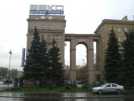 |
 |
 |
| Saint Petersburg |
Saint Petersburg |
Saint Petersburg |
 |
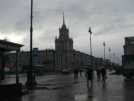 |
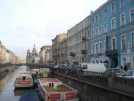 |
| Saint Petersburg |
Saint Petersburg |
Saint Petersburg |
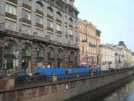 |
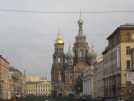 |
 |
| Saint Petersburg |
Saint Petersburg |
Saint Petersburg |
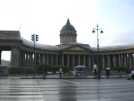 |
 |
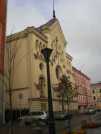 |
| Saint Petersburg |
Saint Petersburg |
Saint Petersburg |
 |
 |
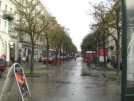 |
| Saint Petersburg |
Saint Petersburg |
Saint Petersburg |
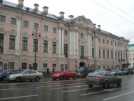 |
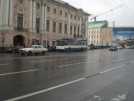 |
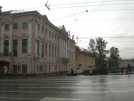 |
| Saint Petersburg |
Saint Petersburg |
Saint Petersburg |
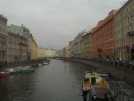 |
 |
 |
| Saint Petersburg |
Saint Petersburg |
Saint Petersburg |
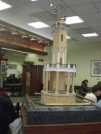 |
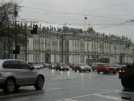 |
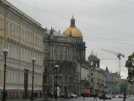 |
| Saint Petersburg |
Saint Petersburg |
Saint Petersburg |
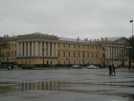 |
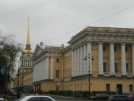 |
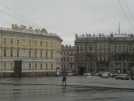 |
| Saint Petersburg |
Saint Petersburg |
Saint Petersburg |
 |
 |
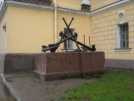 |
| Saint Petersburg |
Saint Petersburg |
Saint Petersburg |
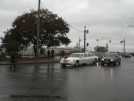 |
 |
 |
| Saint Petersburg |
Saint Petersburg |
Saint Petersburg |
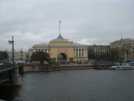 |
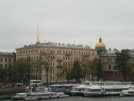 |
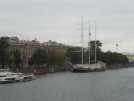 |
| Saint Petersburg |
Saint Petersburg |
Saint Petersburg |
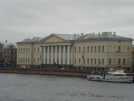 |
 |
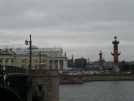 |
| Saint Petersburg |
Saint Petersburg |
Saint Petersburg |
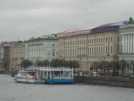 |
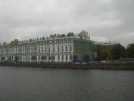 |
 |
| Saint Petersburg |
Saint Petersburg |
Saint Petersburg |
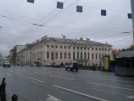 |
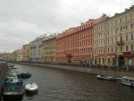 |
 |
| Saint Petersburg |
Saint Petersburg |
Saint Petersburg |
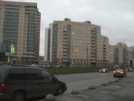 |
 |
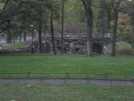 |
| Saint Petersburg |
Saint Petersburg |
Saint Petersburg |
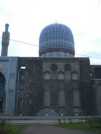 |
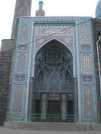 |
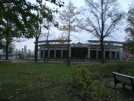 |
| Saint Petersburg |
Saint Petersburg |
Saint Petersburg |
 |
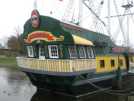 |
 |
| Saint Petersburg |
Saint Petersburg |
Saint Petersburg |
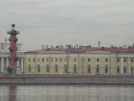 |
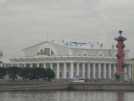 |
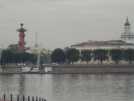 |
| Saint Petersburg |
Saint Petersburg |
Saint Petersburg |
 |
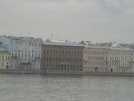 |
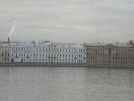 |
| Saint Petersburg |
Saint Petersburg |
Saint Petersburg |
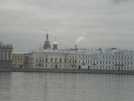 |
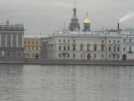 |
 |
| Saint Petersburg |
Saint Petersburg |
Saint Petersburg |
 |
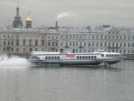 |
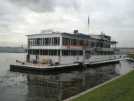 |
| Saint Petersburg |
Saint Petersburg |
Saint Petersburg |
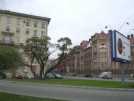 |
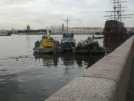 |
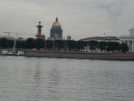 |
| Saint Petersburg |
Saint Petersburg |
Saint Petersburg |
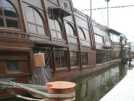 |
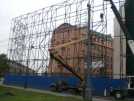 |
 |
| Saint Petersburg |
Saint Petersburg |
Saint Petersburg |
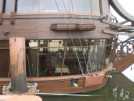 |
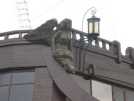 |
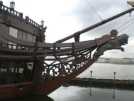 |
| Saint Petersburg |
Saint Petersburg |
Saint Petersburg |
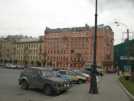 |
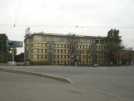 |
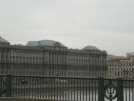 |
| Saint Petersburg |
Saint Petersburg |
Saint Petersburg |
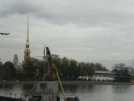 |
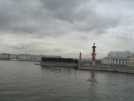 |
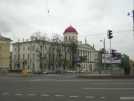 |
| Saint Petersburg |
Saint Petersburg |
Saint Petersburg |
 |
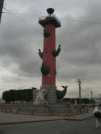 |
 |
| Saint Petersburg |
Saint Petersburg |
Saint Petersburg |
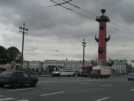 |
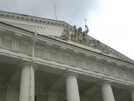 |
 |
| Saint Petersburg |
Saint Petersburg |
Saint Petersburg |
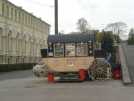 |
 |
 |
| Saint Petersburg |
Saint Petersburg |
Saint Petersburg |
 |
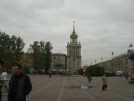 |
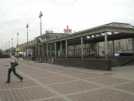 |
| Saint Petersburg |
Saint Petersburg |
Saint Petersburg |
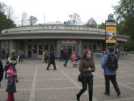 |
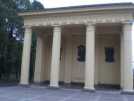 |
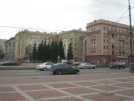 |
| Saint Petersburg |
Saint Petersburg |
Saint Petersburg |
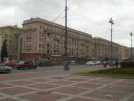 |
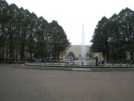 |
 |
| Saint Petersburg |
Saint Petersburg |
Saint Petersburg |
|